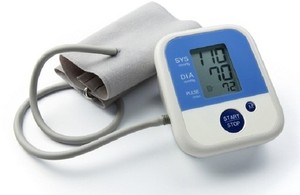RoHS extended to medical devices and monitoring and control instruments
From 22nd July 2014, the extent of the scope for complying with the RoHS Directive has been extended to include medical devices and monitoring and control instruments.

From 22 July 2014 the scope of the restriction of the use of certain hazardous substances (RoHS) in electrical and electronic equipment (EEE) directive (EU Directive 2011/65/EU) was extended to cover most medical devices (EEE category 8) and monitoring and control instruments (EEE category 9). With some exceptions, EEE in these categories placed on the market from this date will need to comply with RoHS.
Category 8 medical devices include:
- radiotherapy equipment
- cardiology
- dialysis
- pulmonary ventilators
- nuclear medicine
- analysers
- freezers
- fertilization tests
- other appliances for detecting, preventing, monitoring, treating, alleviating illness, injury or disability
- laboratory equipment for in-vitro diagnosis (although the extension does not apply to in vitro diagnostic medical devices until 22 July 2016)
The Directive does not apply to active implantable medical devices.
Category 9 monitoring and control instruments includes:
- smoke detectors
- heating regulators
- thermostats
- measuring, weighing or adjusting appliances for household or laboratory equipment
- other monitoring and control instruments used in industrial installations
Industrial monitoring and control instruments do not fall into the scope of RoHS until 22 July 2017.
The NMRO enforcement authority is responsible for enforcing this legislation and will be undertaking compliance activities in order to ensure that those who deal in category 8 and category 9 products fulfill their obligations.
For further information contact the NMRO’s enquiry service